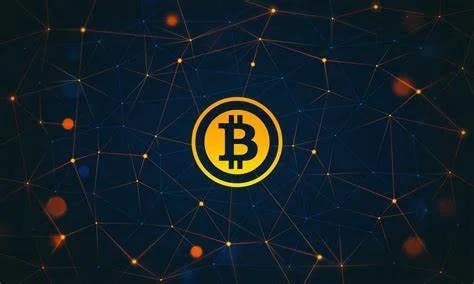Slightly Unrelated: A Case for Bitcoin (Part 1 of 3)

When I first got introduced to the Crypto world, I met Bitcoin. The idea of cryptocurrencies seemed revolutionary and a positive development for the world. So I wrote a little paper on the advantages of Bitcoin compared to traditional currencies (later on I would discover Cardano, which is superior in many ways). Below is a piece of that paper. I’ll release the other sections in other posts.
Bitcoin: The Decentralized Solution to Traditional Currencies
In 2015, the FDIC National Survey of Unbanked and Underbanked Households found that the number of unbanked households totaled around nine million in the United States. Lack of enough money to store was the most common reason for those nine million households not to have a bank account; others also cited location issues and high account fees (FDIC, 2015). Financial exclusion is just one of the negative consequences of banking using a trust-based model, other consequences include facilitation of crime, high transaction fees, and reduced transparency (Rogoff, 2015). In order to eliminate the trust-based model and make a better currency, the new currency should be accessible through a medium available for everyone, it should have no middle-man or central organization, and it should still maintain the privacy that traditional currency provides. A currency that meets these criteria already exists, Bitcoin: a peer-to-peer electronic cash system (Nakamoto, 2009). Although Bitcoin is a relatively new and experimental idea, if adopted as a currency by governments, Bitcoin is a secure currency that has the potential to solve the “unbanked people” problem and fix the physical and structural issues associated with traditional, centralized currencies.
Despite some cases of theft or fraud, Bitcoin utilizes the concept of “one-CPU-one-vote” and systems like proof-of-work and a timestamp server to ensure the security of the cryptocurrency. A digital currency must take preventative measures against double-spending. A timestamp server precisely tracks the time at which every transaction occurs. A majority decision among all the users of the system determines the time of each transaction. The server publicly records the time and amount transacted (which achieves a certain level of transparency), while keeping identities anonymous (Nakamoto, 2009). A proof-of-work system ensures that each node has only one vote on the correct timestamp and contents of a transaction (Nakamoto, 2009). Even if an attacker can cast multiple votes, more than 50% of the processing power of the entire Bitcoin network is required to overturn the votes of all the other nodes (Turpin, 2014, p. 4). Nakamoto (2009) also shows that the probability that an attacker validates a false block approaches zero as the number of blocks, or groups of transactions, increases; for instance, if an attacker has a 0.3% chance to find the next block before every other node, the chance that the attacker will catch up to all the other nodes after 50 blocks are mined becomes 0.00006% (p. 8). Despite these security measures, critics of Bitcoin point to the bankruptcy of MtGox in 2014. Over a long period of time, hackers attacked MtGox and took over $409 million worth of bitcoin. However, it is important to note that MtGox is not Bitcoin; MtGox is a third party that acted as a bank and currency exchange for bitcoins (Andersson & Wegdell, 2014, p. 15). The attack on MtGox does not prove the insecurity of the actual Bitcoin network; proof-of-work and the public timestamp server continue to maintain the security of the Bitcoin.
The decentralized nature of Bitcoin helps Bitcoin users avoid the reckless financial decisions made by governments. When Bitcoin was first initialized, the rate of bitcoin minting was already determined; the last of all the twenty-one million bitcoins will be mined in 2140 (Tsukerman, 2015, p. 1139). Instead of depreciating in value like traditional FIAT currencies, bitcoins would actually increase in value since twenty-one million bitcoins would have to accommodate a larger user base. However, inflation in the price of bitcoin would occur if there are not enough new users to maintain a steady price. Considering current trends, Bitcoin’s user growth is very healthy, so inflation due to fewer users is unlikely; from December 24, 2017, to December 24, 2019, the number of new Blockchain.com wallets showed a 110.21% increase (Blockchain.com, n.d). In countries where a financial crisis or hyperinflation has occurred, Bitcoin serves as a more stable option for people to manage their money; Venezuela is one example. The currency in Venezuela has almost inflated into “scraps of paper,” causing over 100,000 Venezuelans to use Bitcoin instead of the national currency (Hamacher, 2020; Vasquez, 2017). In order to avoid troubles caused by traditional currencies, people use Bitcoin to evade these troubles and exercise basic financial rights…
Look out for part 2!
If you enjoyed reading this, consider following/clapping. It helps a lot!
- ADA Crunch